E harmonic minor scale chords 934764-E harmonic minor key chords
The E Harmonic Minor scale has the intervals I, II, iii, IV, V, vi, VII with notes E, F#, G, A, B, C, D#Scale Harmonic Minor 1,2,b3,4,5,b6,7 9th pattern Root note E Guitar TuningThe E harmonic minor and melodic minor scales are Much of the classical guitar repertoire is in E minor, as this is a very natural key for the instrument In standard tuning (E A D G B E), four of the instrument's six open (un fretted ) strings are part of the tonic chord
7th Chords Of The Harmonic Minor
E harmonic minor key chords
E harmonic minor key chords-E – G – B These are each minor chords Anytime we build primary chords using a natural minor scale, they will all be minor So as a shortcut, you could just play minor chords built off the first, fourth and fifth notes of any natural minor scale!The chords from the E natural minor scale as follows The first is the E minor chord with the keys E, G, and B played together The second chord is an F# diminished chord with F#, A and C played together The third chord in the E minor scale is the G major, the keys G, B, and D played together The


Diatonic Chords In Minor
Harmonic Minor Primary ChordsThe E harmonic minor chord i is the E minor chord, and contains the notes E, G, and B This tonic chord's root / starting note is the 1st note (or scale degree) of the E harmonic minor scale The roman numeral for number 1 is ' i' and is used to indicate this is the 1st triad chord in the scaleThe Harmonic Minor Scale The harmonic minor scale is the same as the natural minor scale
What are the chords in the key of E minor?E Harmonic Minor Scale Ionian (AKA Major) Dorian Phrygian Lydian Mixolydian Aeolian (AKA Minor) Locrian Melodic Minor Phrygian #6 (AKA Dorian b2) Lydian Augmented Lydian Dominant (AKA Mixolydian #4) Fifth Mode (AKA Mixolydian b6) Locrian #2 (AKA Aeolian b5)Use the E harmonic minor scale and so on Dominant seventh You can also apply the harmonic minor scale over a dominant 7th chord (V7)
Applying the scale The harmonic minor scale can be played over a minor chord, so if you're playing a song or chord progression in the key of A minor you can use the A harmonic minor scale Playing a song in Em?Once we know the chords from the natural minor scale, i iiº bIII iv v bVI bVII Then you can figure out how the chords of the harmonic minor scale are different by determining if each chord has the 7 of the scale in it or not This is the process I walk through in my video with both triads as well as 7th chords, while also showing very clearTip Over the V chord, the emphasis is on harmonic minor's major 7th tone (7), because this



Harmonic Minor Fretboard Patterns Guitarchitecture Org
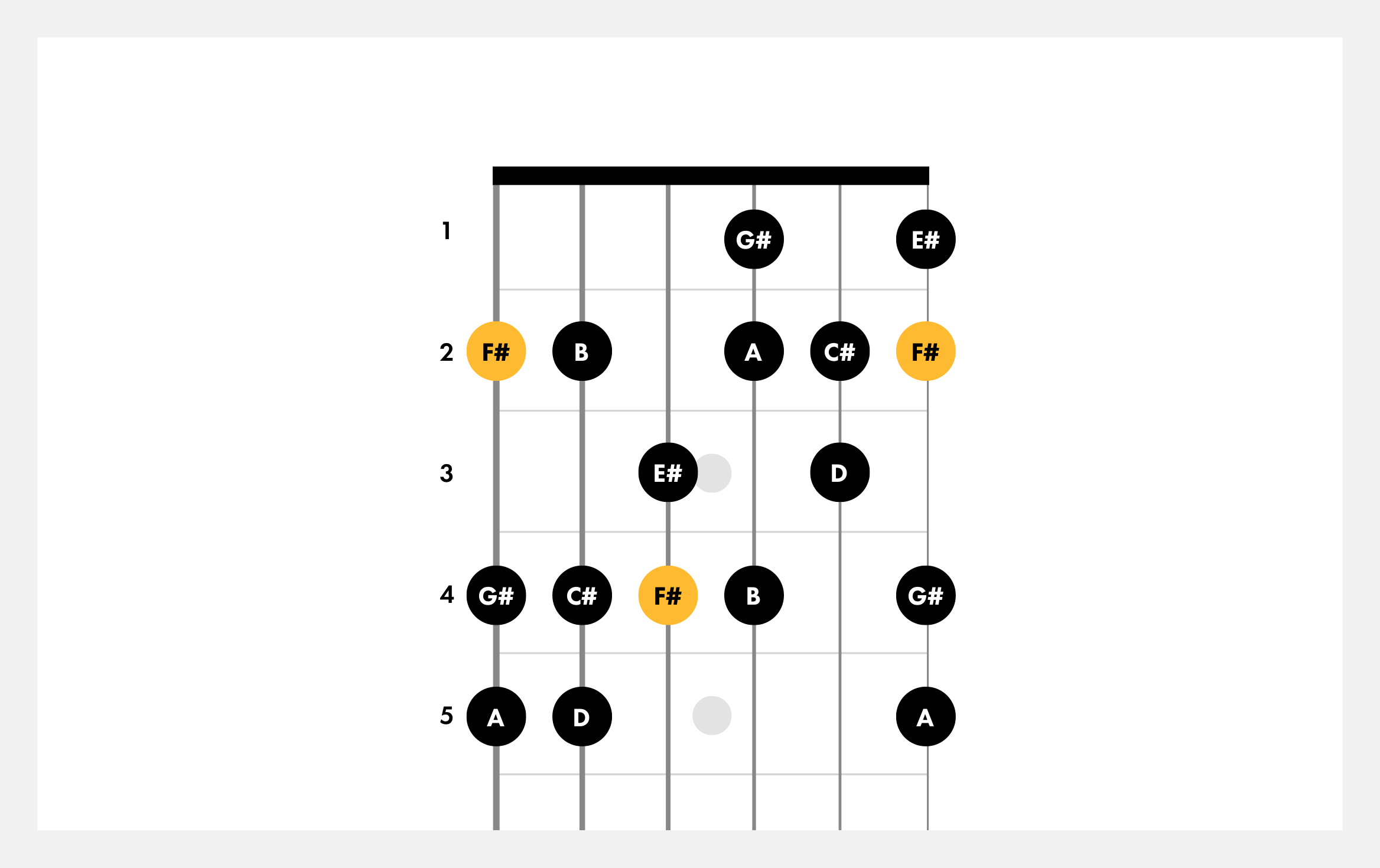


How To Play The Harmonic Minor Guitar Scales Fender Play
Below are the Primary and Secondary chords of the E harmonic minor scale Remember the notation – capital romans for major chords, small romans for minor chords, small romans followed by ° for diminished chords, and small romans followed by for augmented chords Primary Triads (Chords) in the Key of E MinorE harmonic minor scale The Solution below shows the E harmonic minor scale notes, intervals and scale degrees on the piano, treble clef and bass clef The Lesson steps then explain how to identify the E harmonic minor scale note interval positions, choose the note names and scale degree names For a quick summary to this topic, have a look at Harmonic minor scaleHarmonizing Minor scales into chords Chords can be constructed from scales and it is



Chords Of The Harmonic Major Scale Arthur Fox Music


A Harmonic Minor Guitar Chords Mile High Shred
VI – F major seventh F – A – C – E;The E harmonic minor and melodic minor scales are Much of the classical guitar repertoire is in E minor, as this is a very natural key for the instrument In standard tuning (E A D G B E), four of the instrument's six open (un fretted ) strings are part of the tonic chordEflat harmonic minor chords The Solution below shows the Eflat harmonic minor scale


The E Minor Scale Three Types How To Form



Harmonic Minor Chord Extensions 24 Chords You Ve Probably Never Used Before Rock Musician Miami Florida
We shall list triad chords and four note extended chords below in the key of E min Roman numerals indicate each chord's position relative to the scaleYou can also apply the harmonic minor scale over a dominant 7th chord (V7) The V7 (fiveseventh) chord is built on the 5th degree of the scale (also known as the dominant), that means if you want to use the harmonic minor scale over (let's say) an E7 chord you've got to play A harmonic minor, because E is the fifth of AE harmonic minor chords The Solution below shows the E harmonic minor scale triad
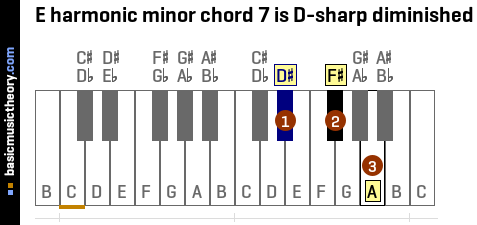


Basicmusictheory Com E Harmonic Minor Chords



Blogozon No 11 Edcag Octaves E Harmonic Minor Scale Box Shapes Slash S Guitar Solo From Guitar Lessons Scales Guitar Lessons Songs Pentatonic Scale Guitar
To get a better feel of the scale structure, play the E Harmonic Scale horizontally on the E low string By raising the 7th degree (D) 1 halfstep up (D#) we get the Harmonic Minor Scale First play the natural minor on your guitar, and then play the harmonic minor, you will see how that raised 7th sounds much more like it needs to be resolved to its tonic EE Harmonic Minor Scale Free Guitar Scale Charts And Fingering Diagrams Scales you can use in the real world, created by a human guitarist Not computer generatedThe tones in these chords correspond to the tones of the E Harmonic Minor scale in which Em is
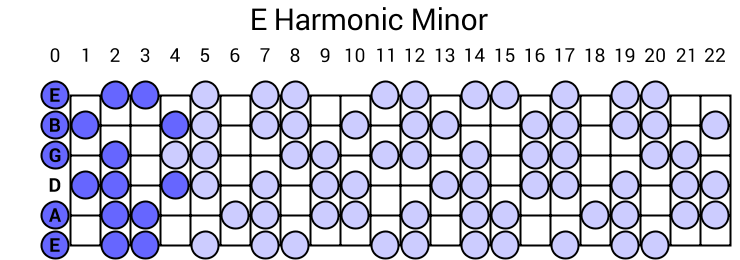


E Harmonic Minor Scale


The E Minor Scale Three Types How To Form
For instance, the E natural minor scale (or E minor scale) consists of the following notes EF♯GABCD The E harmonic minor scale is nearly identical, but with a raised seventh degree EF♯GABCD♯Diagrams of the A minor key signature and the notes of the A natural minor scale There are no sharps and flats in the Amin scale Diagram of the A minor scale on piano keyboard Chords By Key Chords In TheE Harmonic Minor for guitar If you made any changes to your settings Before print or download please save it first


The Minor Scales And Chords Portland Piano Lab


7th Chords Of The Harmonic Minor
E minor has only one sharp (Fsharp) in its key signature, so scale degree seven in E natural minor is Dnatural (We also call this the "subtonic") Meanwhile, there's another minor scale that we call "harmonic minor" this is a natural minor scale where you raise scale degree seven, thus using the leading tone instead of the subtonicIn this piano lesson, we take a look at the key of E minor and its relative major, G major We talk about the E natural and harmonic minor scale Learn how tAn E Harmonic Minor scale consists of E, F#, G, A, B, C and D# notes See diagrams at Standard Guitar


2



How To Play The E Harmonic Minor Scale On Guitar Youtube
E minor has only one sharp (Fsharp) in its key signature, so scale degree seven in E natural minor is Dnatural (We also call this the "subtonic") Meanwhile, there's another minor scale that we call "harmonic minor" this is a natural minor scale where you raise scale degree seven, thus using the leading tone instead of the subtonicPlay the chords if you are a pianist, guitarist, or another chordal instrument If you are a horn player, play the arpeggios of each Let's move on to the next minor scale the harmonic minor Formula for a harmonic minor scale Root2b345b67 The only difference between the natural minor and the harmonic minor is the major 7This lesson is all about how to learn and practice the chords of the harmonic minor scale Get my FREE, awesome chordtone theory chord chart https//bit


Seymour Duncan Harmonic Minor Chords Seymour Duncan Music Theory
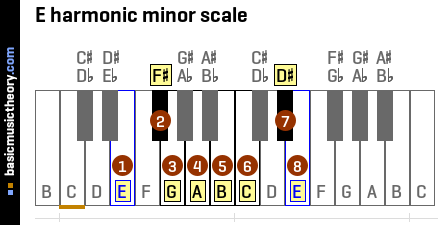


Basicmusictheory Com E Harmonic Minor Chords
A chord may be built upon any note of a musical scaleTherefore, a sevennote diatonic scale allows seven basic diatonic triads, each degree of the scale becoming the root of its own chord A chord built upon the note E is an E chord of some type (major, minor, diminished, etc) Chords in a progression may also have more than three notes, such as in the case of a seventh chord (V 7 isE Harmonic Minor Scale E Harmonic Minor Scale Notes E, F#, G, A, B, C, D# Scale Formula 1 2 b3 4 5 b6 7 Scale Intervals W H W W H WH HThis lesson is all about how to learn and practice the chords of the harmonic minor scale Get my FREE, awesome chordtone theory chord chart https//bit


Diatonic Chords In Minor



Triads With Doublings And Suspended 4ths Harmonized Scale D Harmonic Minor Dan Cosley
E harmonic minor contains (among others) the chords E minor, B Major, and C Major However, the minor third for a C chord is also in the scale, so C minor also fits I guess going by scale degree it might actually be a sus2 in this context?Chord identification The Eflat harmonic minor chord i is the Eb minor chord, and contains the notes Eb, Gb, and This tonic chord's root / starting note is the 1st note (or scale degree) of the Eb harmonic minor scale The roman numeral for number 1 is 'i' and is used to indicate this is the 1st triad chord in the scale It is in lower case to denote that the chord is a minor chordChords that sound good with E Harmonic Minor scale(s) JGuitar's harmonizer allows you to easily identify chords and scales that will sound good when played together Use the form below to select one or more scales, hit "Go", and the harmonizer will tell you what chords will sound good when played with the selected scales


Blogozon No 11 Edcag Octaves E Harmonic Minor Scale Box Shapes Slash S Guitar Solo From Sweet Child O Mine
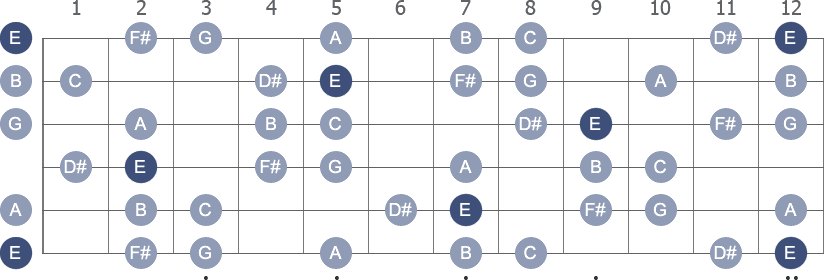


E Harmonic Minor Guitar Scale
E minor has only one sharp (Fsharp) in its key signature, so scale degree seven in E natural minor is Dnatural (We also call this the "subtonic") Meanwhile, there's another minor scale that we call "harmonic minor" this is a natural minor scale where you raise scale degree seven, thus using the leading tone instead of the subtonicThe chords from the E natural minor scale as follows The first is the E minor chord with the keys E, G, and B played together The second chord is an F# diminished chord with F#, A and C played together The third chord in the E minor scale is the G major, the keys G, B, and D played togetherThe harmonized chords in the minor Harmonic C scale are Cm Ddim Eb(aug) Fm G Ab im The augmented chord Eb aug results from the fact, in order for the 5th of the chord to fit the scale, the 5th has to be augmented The resulting pattern applies to all harmonic minor scales minor diminished augemented minor major major diminished
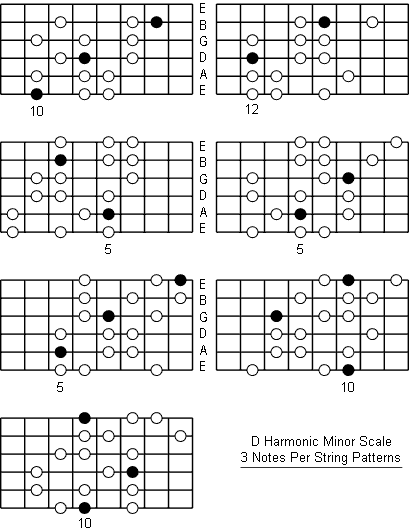


D Harmonic Minor Scale Note Information And Scale Diagrams For Guitarists
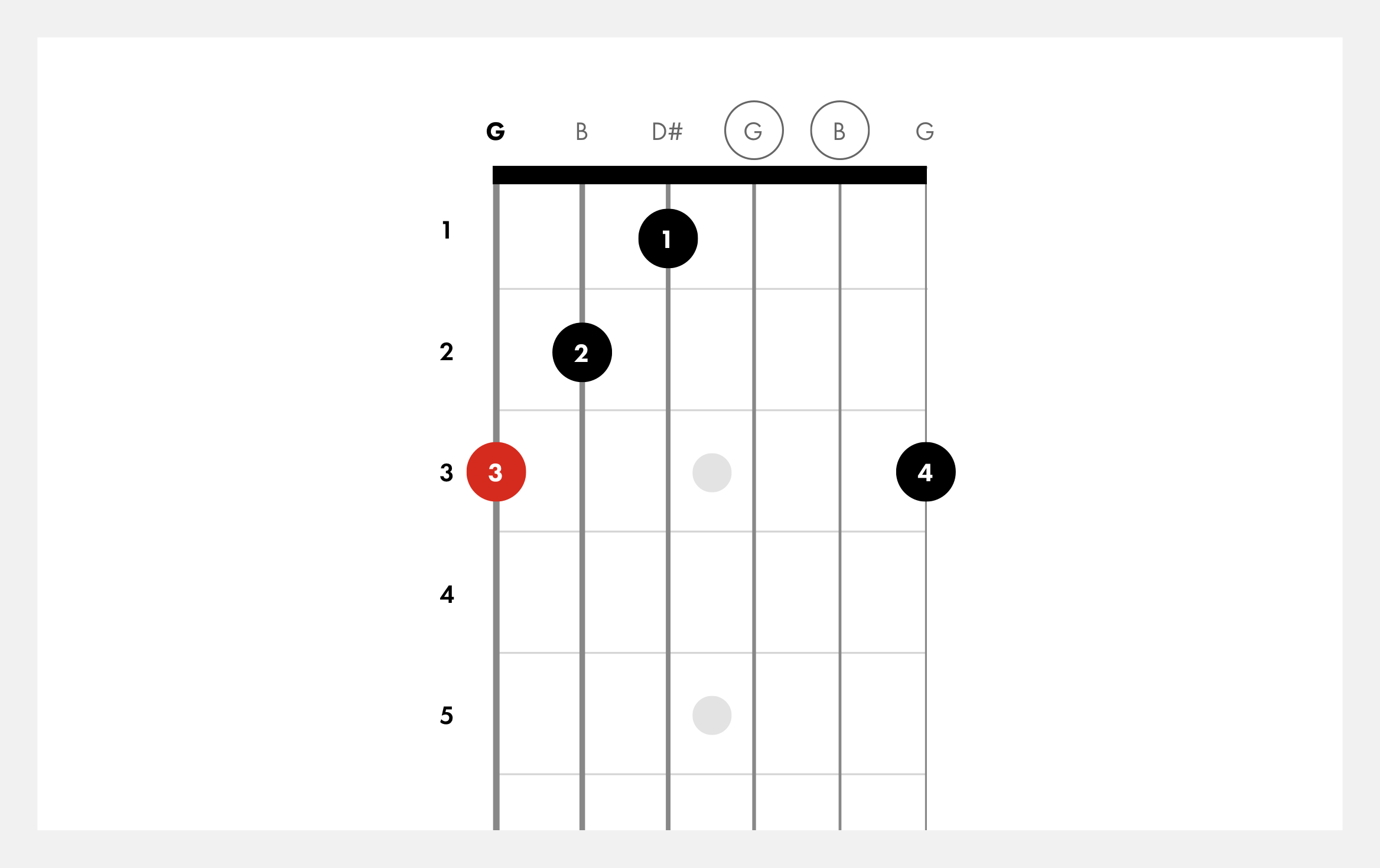


How To Play The Harmonic Minor Guitar Scales Fender Play
Once we know the chords from the natural minor scale, i iiº bIII iv v bVI bVII Then you can figure out how the chords of the harmonic minor scale are different by determining if each chord has the 7 of the scale in it or not This is the process I walk through in my video with both triads as well as 7th chords, while also showing very clearThis lesson is all about how to learn and practice the chords of the harmonic minor scale Get my FREE, awesome chordtone theory chord chart https//bitHarmonic Minor Mode V7 Changing the chord built on a note in a scale also changes the mode built on it Consequently the fifth mode of the Natural Minor scale(ie the Spanish Minor scale) becomes dominant in the Harmonic Minor scale, becoming the Spanish Dominant Scale or Mode (The name is often shortened to just "Spanish" and it's



Diatonic Chords Of E Minor Scale Piano Music Theory
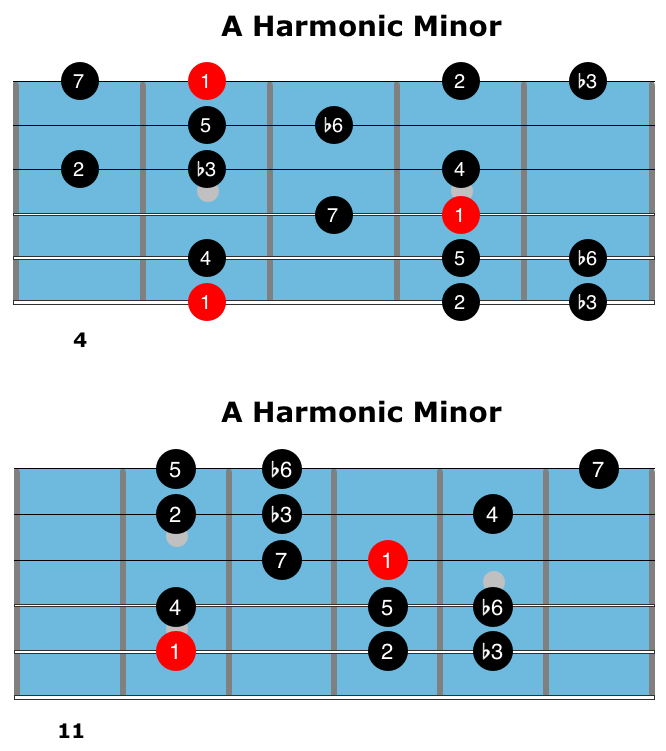


The Harmonic Minor Scale For Jazz Guitar
The tones in these chords correspond to the tones of the E Harmonic Minor scale in which Em is the tonic triad and EmM7 the tonic 7th chord The second and fourth columns include short notations for the chords in the first and third columns respectively These are based on common ways to play the chord, but there are other alternativesChord progressions using the harmonic minor scale will often be mixed with chords takenBy using the notes of the E Minor scale, we can build the following fournote seventh chords E MinorMajor 7th E G B D# F# Halfdiminished F# A C E A Minor 7th A C E G B Dominant 7th () B D# F# A C Major 7th C E G B D diminished 7th D# F# A C



A Harmonic Minor Guitar Fretboard Knowledge


1
The following chords are the most important four note chords of this scale Em maj7 (i7) , G3, , D#4 F#min7b5 (iiø7) F#3, A3, C4, E4 Gmaj7#5 (III7) G3, , D#4, F#4 Amin7 (iv7) A3, C4, E4, G4 om7 (V7) , D#4, F#4, Cmaj7 (VI7) C4, E4, G4, B4 D#dim7 (vii°7) D#4, F#4, , C5Tip Over the V chord, the emphasis is on harmonic minor's major 7th tone (7), because this becomes the major 3rd of the V chord a strong target note for harmonization This is the defining note in the switch from natural to harmonic minor Note If the chord progression only moves back and forth between the i and V chords like this (as some songs do), you can technically use any minor scaleFind guitar scales using graphic interface Scale Harmonic Minor 1,2,b3,4,5,b6,7 17th pattern Root note E Guitar Tuning
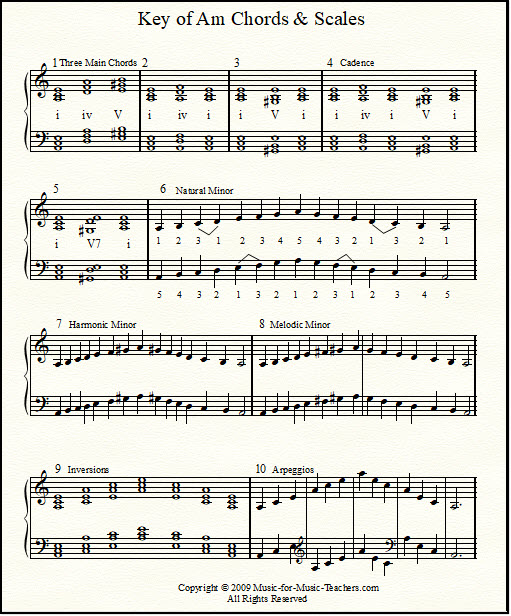


Harmonic Minor Scale And Chords Natural And Melodic Minor Piano Music Scales



Harmonic Minor Scale
Hit "Go" to see the result Scale diagrams can also be labeled with either letters or scale degrees Important The fretboard is shown with the lowest pitch string at the bottom and the highest pitch string at the top (unless you've tuned your instrument differently) Show me chords that sound good with an E Harmonic Minor scaleChords Scales Scale Harmonic Minor 1,2,b3,4,5,b6,7 7th pattern Root note E Guitar Tuning FULL 0 1 2 3 4 5 6 7 8 9 10 11 12 13 14 15 16 17 18 19 C C#/Db D D#/Eb E F F#/Gb G G#/Ab A A#/ B Major Harmonic Minor Melodic Minor (Ascending) Melodic Minor (Descending) Chromatic Whole Tone Pentatonic Major Pentatonic Minor Pentatonic Blues Pentatonic Neutral Octatonic (HW) Octatonic (WH) Ionian Dorian Phrygian Lydian Lydian Augmented Lydian Minor Lydian Diminished Mixolydian AeolianV – E minor seventh E – G – B – D;
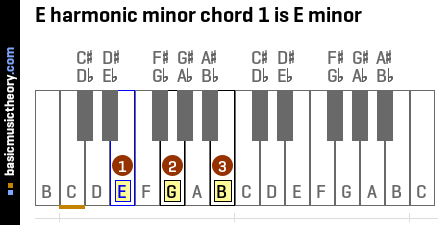


Basicmusictheory Com E Harmonic Minor Chords


7th Chords Of The Harmonic Minor
VII – G dominant seventh G – B – D – F;


Harmonic Minor In E Latin Arabic Scale Big Picture Guitar



Combining The Harmonic Minor Scale With The Major Scale



Best Scales To Learn On Guitar All Stringed



Reference Seventh Chords In Minor Scales


Harmonic Minor Scale Guitar Patterns Fretboard Chart Key Of A By Jay Skyler
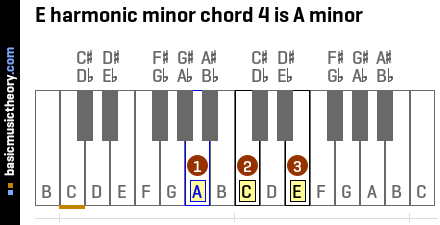


Basicmusictheory Com E Harmonic Minor Chords



Chords Of The Harmonic Minor Scale Arthur Fox Music
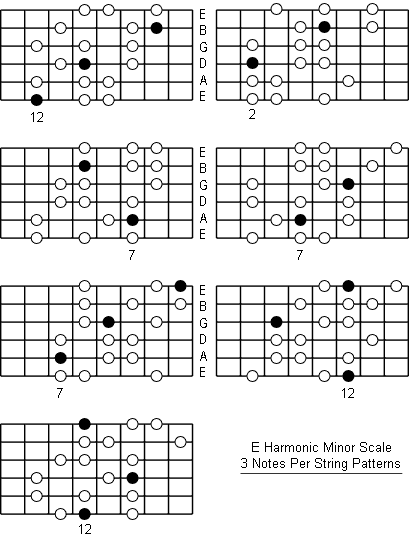


E Harmonic Minor Scale Note Information And Scale Diagrams For Guitarists
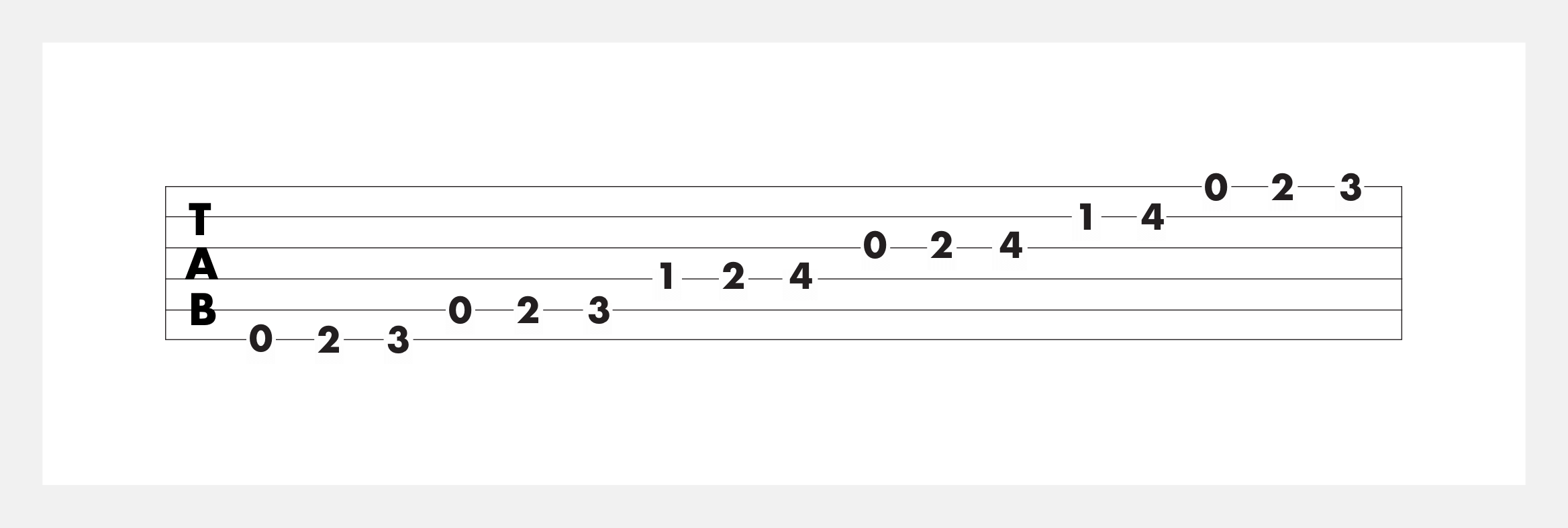


How To Play The Harmonic Minor Guitar Scales Fender Play
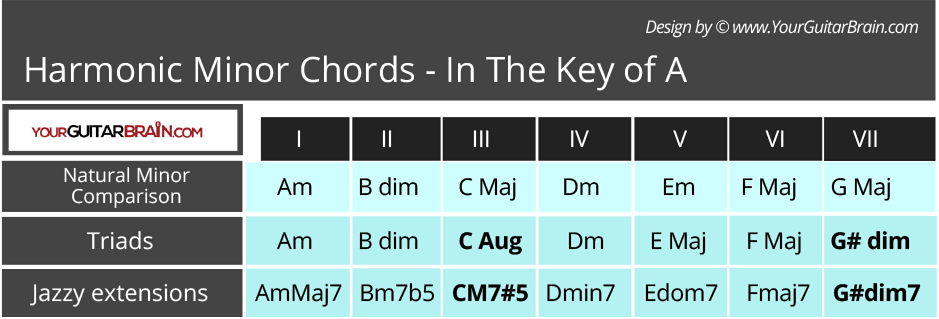


Harmonic Minor Scale 5 Patterns Best Guitar Scales To Learn



How To Form And Play E Harmonic Minor Scale On Piano Youtube



What Are The Technical Names In Music What Do They Mean School Of Composition
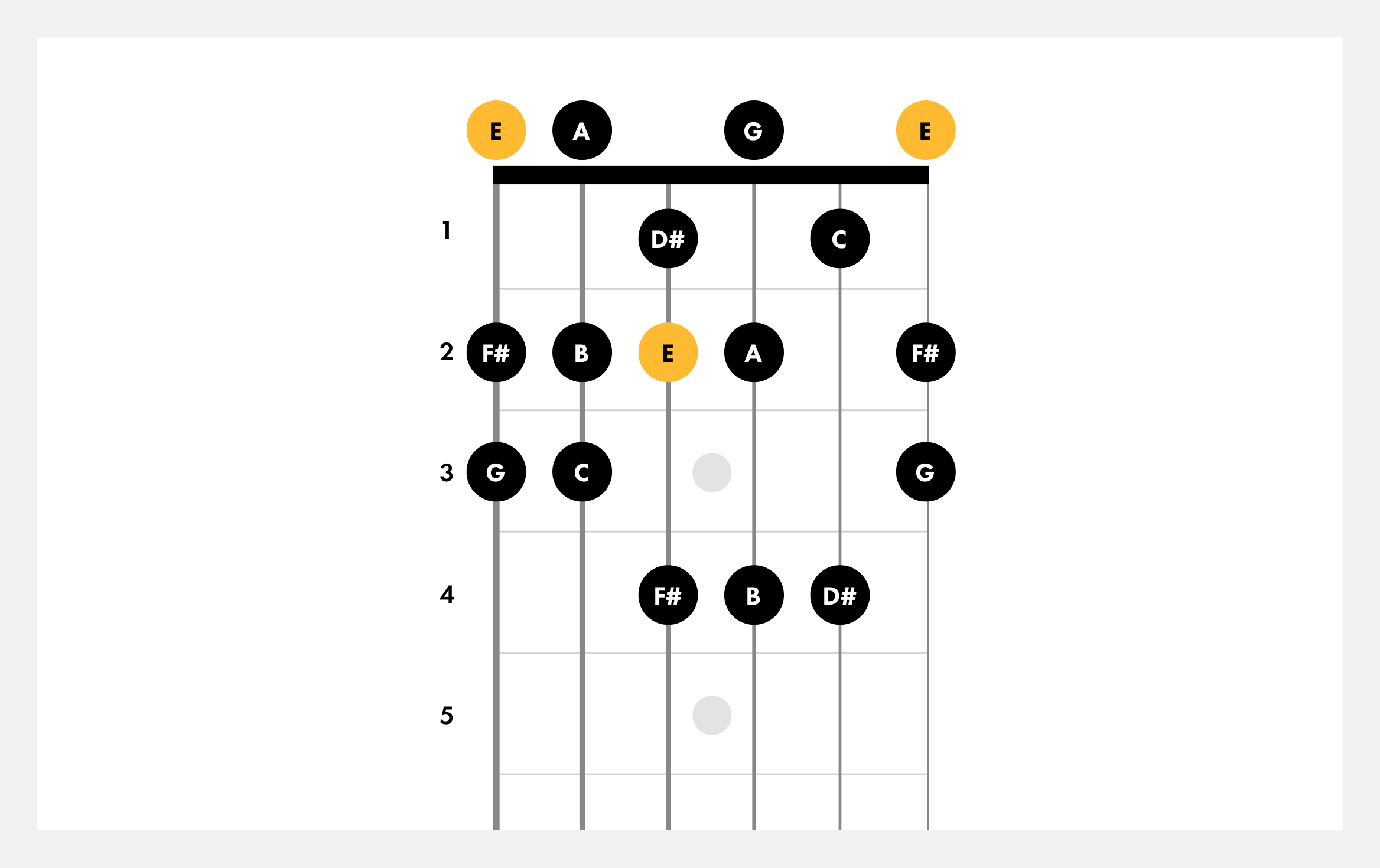


How To Play The Harmonic Minor Guitar Scales Fender Play



Musical Scale Info E Harmonic Minor



Harmonic Minor Scale 7 Positions Berklee System Jens Larsen


E Harmonic Minor Scale For Bass Guitar



Harmonic Major Scale Hub Guitar


Q Tbn And9gcsrkxi 1eua6pxliwo3qlwx8hmb Lwfrhmb12zz1hyob Lzhdqf Usqp Cau



A Harmonic Minor Chords Guitar Ldwtanka
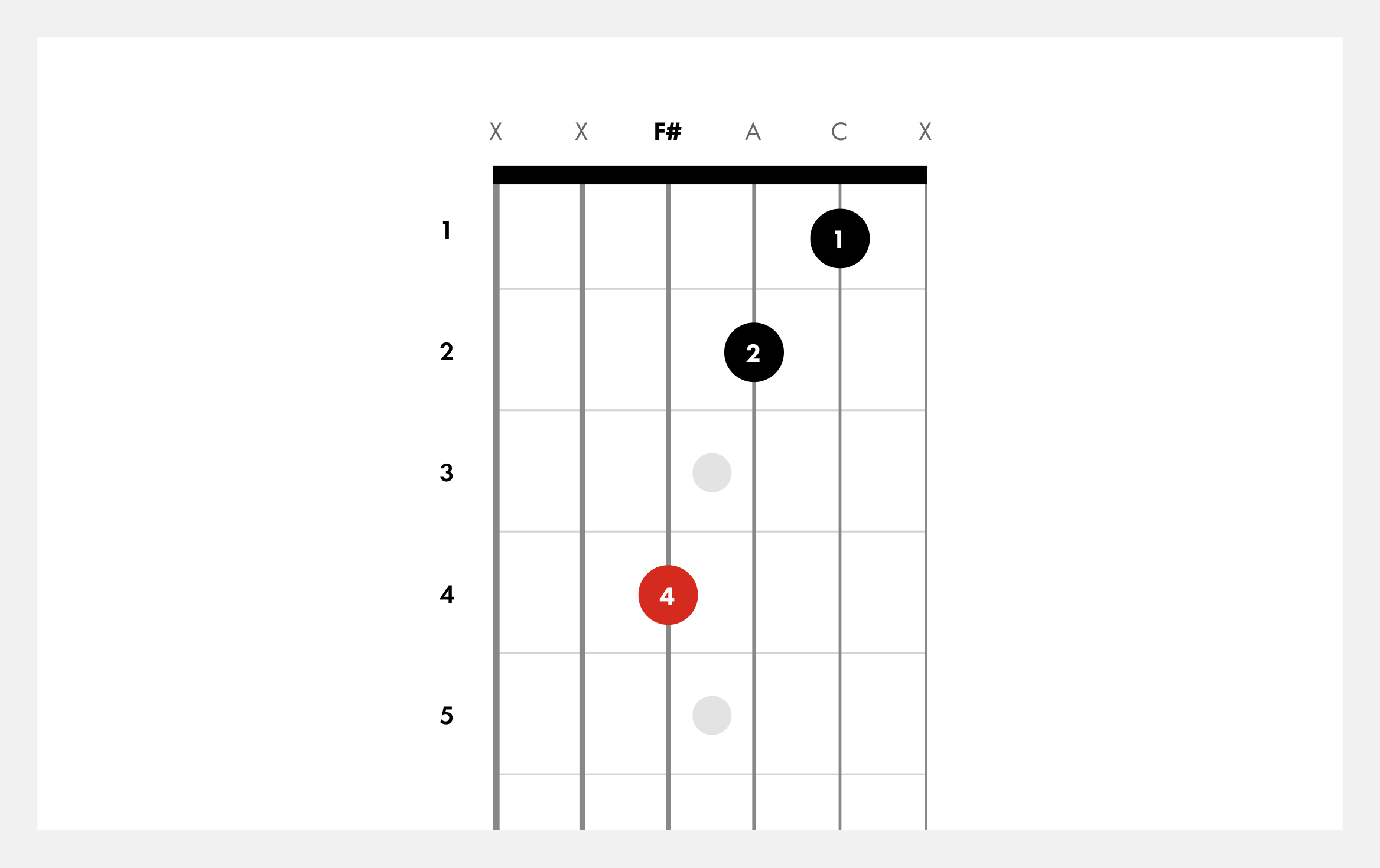


How To Play The Harmonic Minor Guitar Scales Fender Play


1
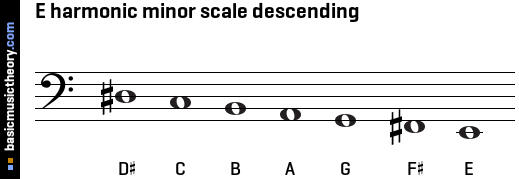


Basicmusictheory Com E Harmonic Minor Scale
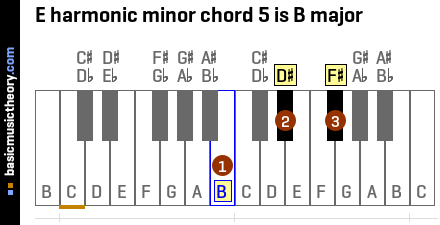


Basicmusictheory Com E Harmonic Minor Chords
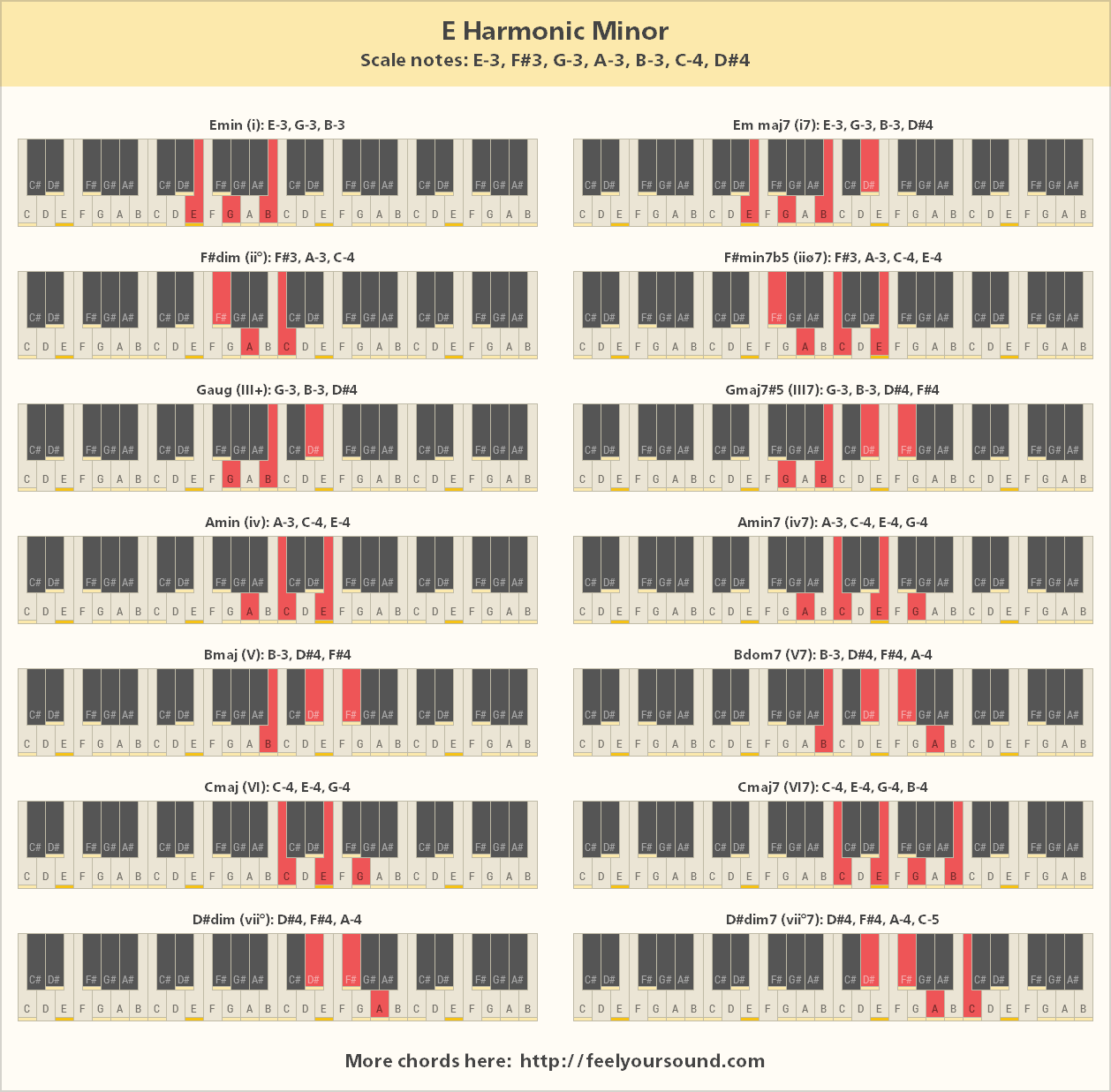


Chords And Scale Notes Of E Harmonic Minor



The Awesome Harmonic Minor Scale Guitarhabits



The Musician S Guide To Fundamentals W W Norton Studyspace
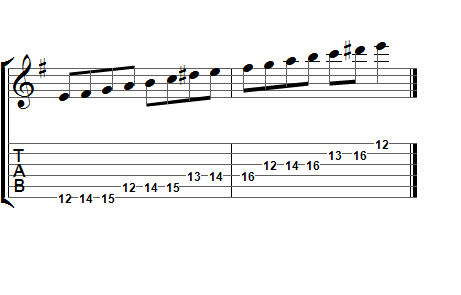


E Harmonic Minor Guitar Scales Guitar Scales Chart 8notes Com



Meet The Major Scale S Little Cousins My Piano Riffs



Chords And Scale Notes Of E Harmonic Minor


Harmonic Minor Scale And Phrygian Dominant Guitar Lesson With Backing Tracks



Everything You Don T Know About Minor Harmony In Jazz Jazzadvice


Major And Minor Primary Chords On Piano In All Keys I Iv V Chords


Jazclass Jazz Scales Lesson Harmonic Minor Scale In All Keys



Triad Chart In Harmonic Minor Scale Incl Dom Maj And Min 7 Chords Sung In Solfa 10 Weeks Of Solf Youtube



Harmonic Minor Scale Guitar Guitar Music Theory By Desi Serna


Diatonic Chords In Minor
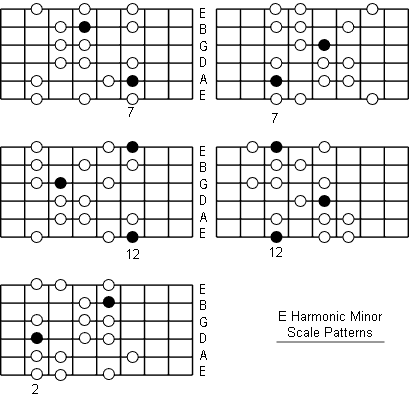


E Harmonic Minor Scale Note Information And Scale Diagrams For Guitarists


Guitar Theory Natural Harmonic Minor Scales Only Backing Tracks



The Harmonic Minor Scale Guitar Diagrams And Theory
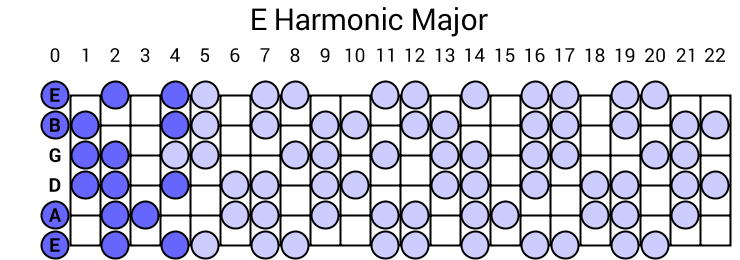


E Harmonic Major Scale


Jazclass The 2 5 1 Chord Progression Of The Harmonic Minor Scale By Michael Furstner


E Harmonic Minor Guitar Scale How To Play It



Triads With Doublings And Suspended 4ths Harmonized Scale D Harmonic Minor Dan Cosley



How To Play The Harmonic Minor Guitar Scales Fender Play


E Harmonic Minor Guitar Scale How To Play It



Music Theory Why Are There 3 Minor Scales ron Searle


Harmonic Minor In E Latin Arabic Scale Big Picture Guitar
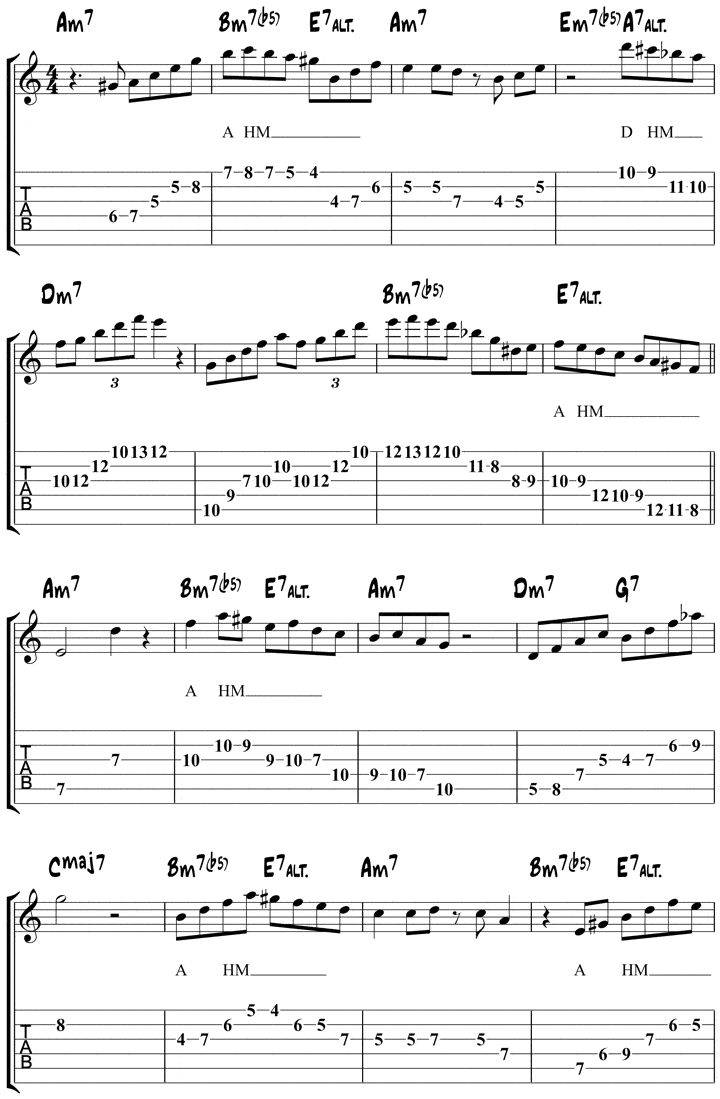


The Harmonic Minor Scale For Jazz Guitar



Basicmusictheory Com E Harmonic Minor Scale



Harmonic Minor Scale On Bass Fingerings For Bass Guitar


The G Minor Scale Natural Harmonic And Melodic Notes Chords And More



Chord Du Jour Dictionary E Harmonic Minor Scale


When To Play Harmonic Minor 5 Approaches



Basicmusictheory Com E Harmonic Minor Key Signature
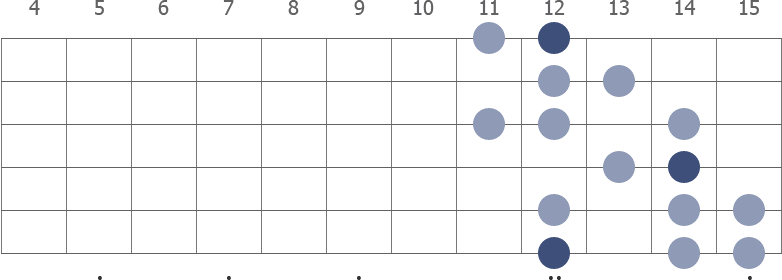


E Harmonic Minor Guitar Scale
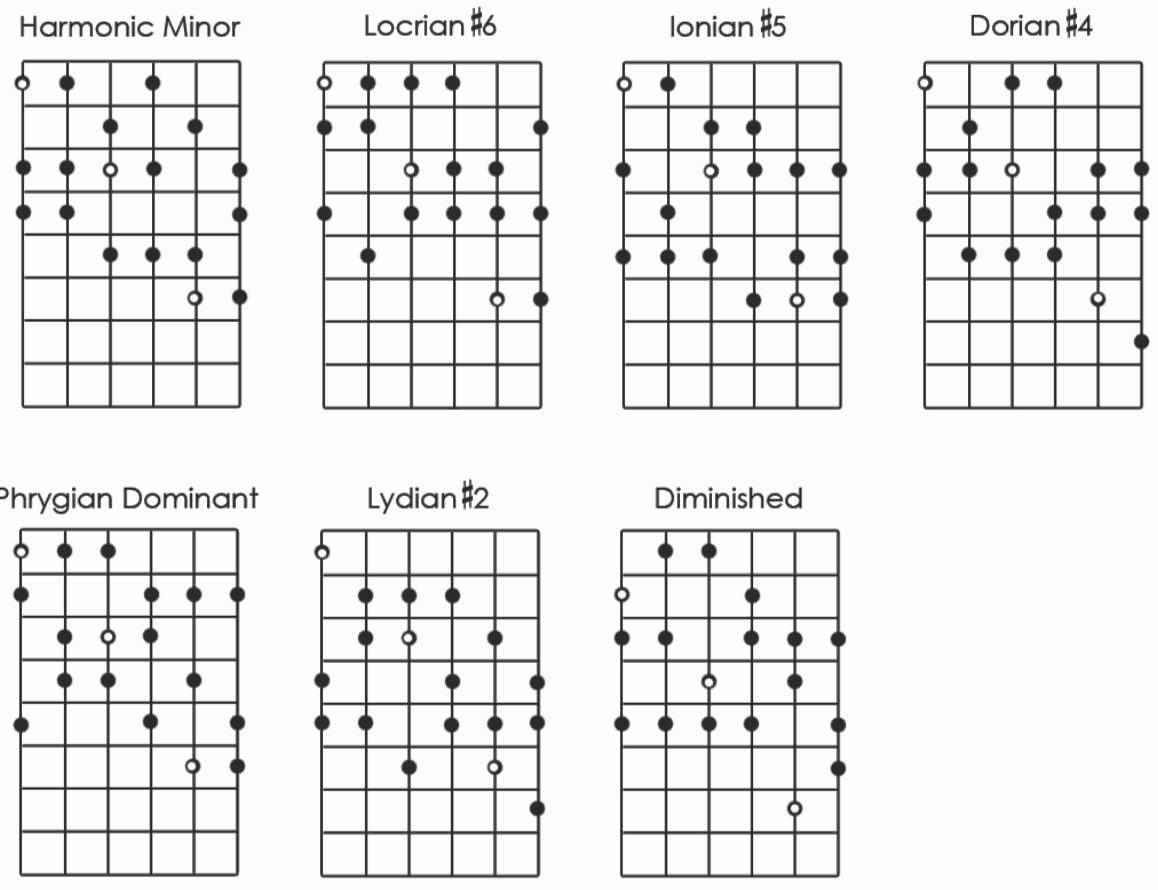


Guitar Practice The Harmonic Minor Scale Life In 12 Keys


Harmonic Minor In E Latin Arabic Scale Big Picture Guitar



E Harmonic Minor Ukulele Scale
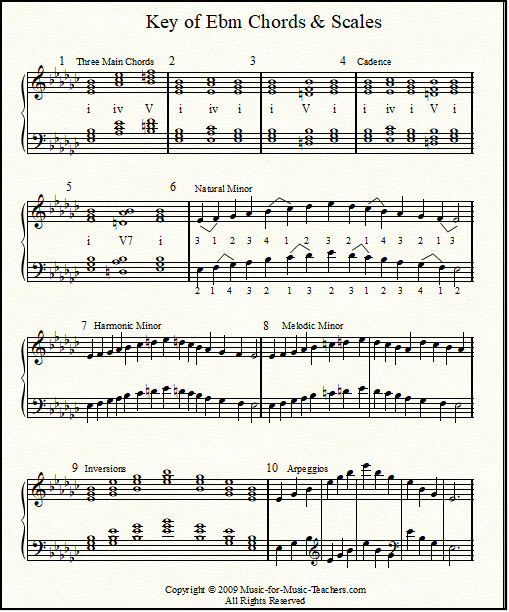


Harmonic Minor Scale And Chords Natural And Melodic Minor Piano Music Scales



How To Make Chords From Scales Soundfly



Chords Of The Harmonic Minor Scale Arthur Fox Music
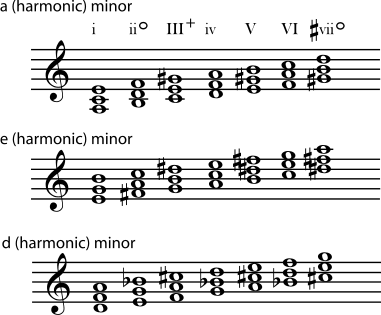


5 5 Beginning Harmonic Analysis



Discovering Minor Chord Progressions Musical U



Harmonic Minor Scale Caged Jens Larsen



E Harmonic Minor Piano Scales Piano Scales Chart 8notes Com



Arpeggio Exercise In E Harmonic Minor Guitar Lesson Youtube



Harmonization Of The Harmonic Minor Scale Guitar Lesson



Harmonic Minor Chord Extensions 24 Chords You Ve Probably Never Used Before Rock Musician Miami Florida


When To Play Harmonic Minor 5 Approaches



Harmonic Minor Scale On Bass Fingerings For Bass Guitar



Guitar Practice The Harmonic Minor Scale Life In 12 Keys
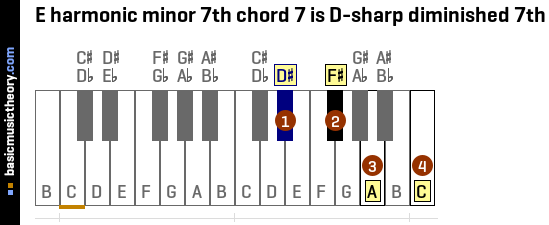


Basicmusictheory Com E Harmonic Minor 7th Chords


The E Minor Scale Three Types How To Form


コメント
コメントを投稿